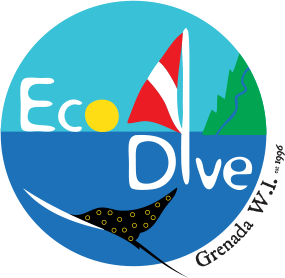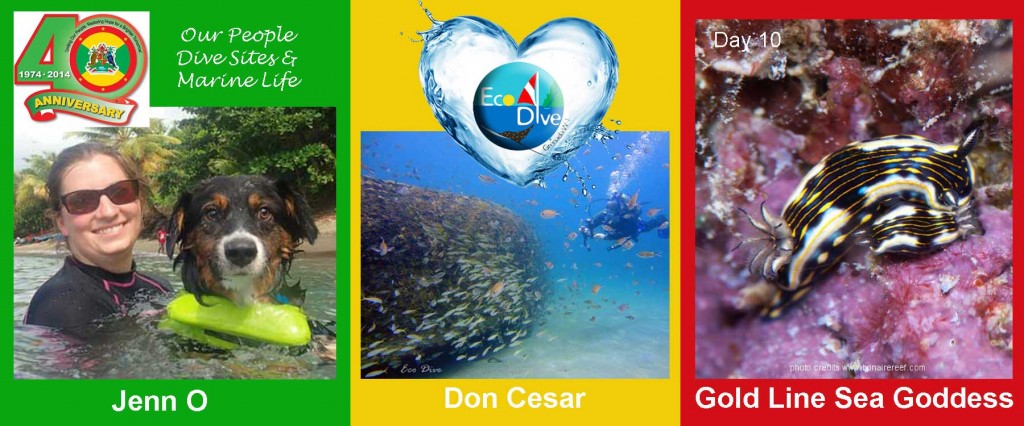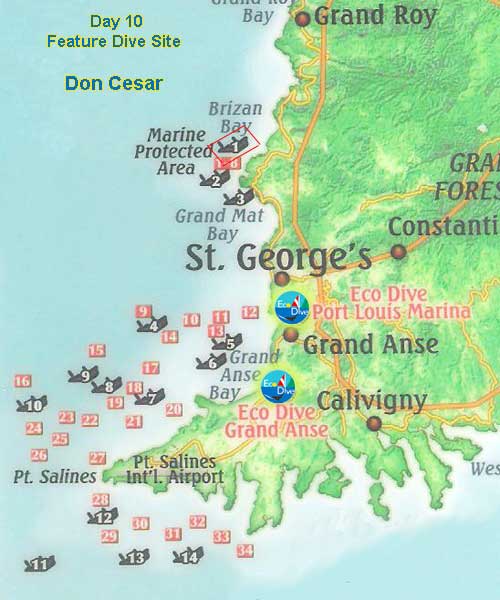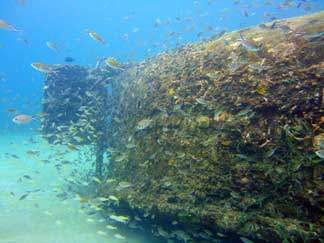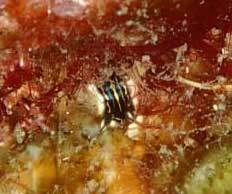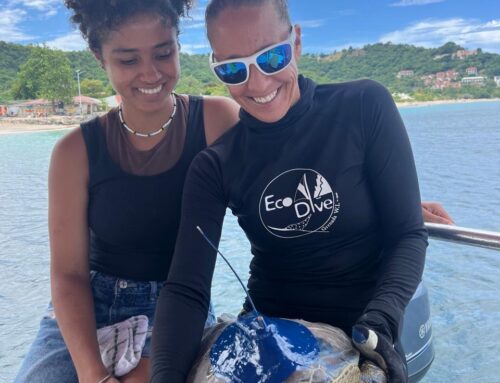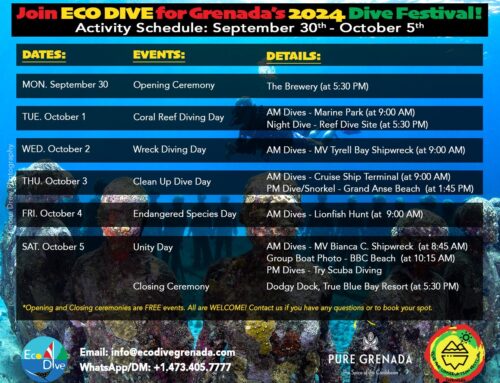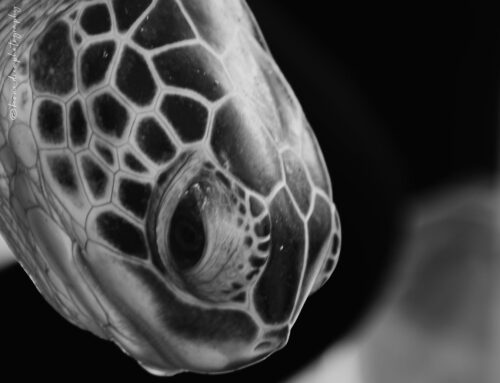Our People – Jenn O
One of our students since her PADI Open Water (less than a year ago!) through her Advanced, Rescue, EFR, Deep, Nitrox & Wreck Specialties Jenn today on Happy Valley reef hit her 100th dive. From all of us at Eco Dive congratulations!!
Now one of our Divemasters in training Jenn has been a great example and inspiration for all kinds of new divers as she was a self-proclaimed “panicker” when it comes to water on the face. Oh how quickly this seemed to go away as very quickly Jen became a familiar face, an excellent diver, and underwater photographer. She has shown amazing will power getting through her open water skills and despite the early fear always stepped up to the challenge. Still not a big fan of the mask-off skill but very determined and always looking for improvement she is now ‘happily’ showing off her mask clearing on safety stops and is wildly looking forward to demonstrating the mask off swim skill anytime a student diver may need a first class example – right Jenn?! 🙂
We are all very happy to have you as one of our familiar faces and today’s feature diver. From the St George’s University Veterinary programme to baking cup cakes, to night diving, to underwater photography and now to DM adventures any divers who join us on weekends are bound to meet Jen and we are still trying to figure out where this girl gets the time!! There is no way I could share even a 1% of her photos but some of our favorites …
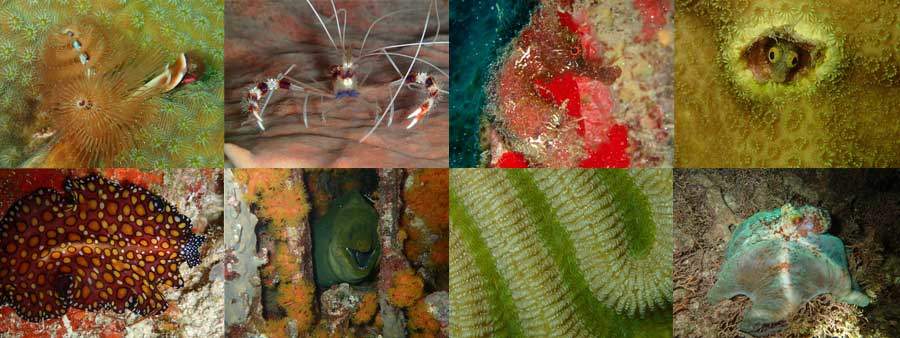
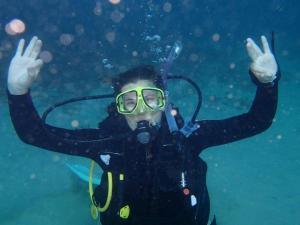
Dive Site – Don Cesar
Dive profile 4m/12 ‘- 8m/25’, usually done as part of a reef tour around Dragon Bay or a critter dive over the huge sea grass bed on the north side of the bay.
This little wreck, often affectionately referred to as the bathtub, is a great little fish attraction on one of the many beautiful white sand patches in Dragon Bay in our Marine Protected Area. Upside down this old dredge holding bathtub now sits with one of the panels open leaving a great little sneaky dark space for glassy eyed sweepers, schools of juvenile bait fish, grey chromis, lobsters, octopus and a whole variety of other marine life to seek refuge, forage or explore. This wreck was put down on intentionally to attract fish life in the area. It was obtained from the Lagoon as a derelict wreck during the clearing out phase when preparations were being made for the Port Louis Marina development. A simple and little yet great little addition to a training dive photography dive or point of interest on a larger reef tour the Don Cesar is a nice addition to Dragon Bay.
Feature Creature – Gold Line Sea Goddess (Hypselodoris ruthae)
Sea slugs are mollusks that have evolved without shells and in the Caribbean there are more than 300 species (this may surprise some of us!). As they have no shells sea slugs have adapted and depend on other defense mechanisms. The most common defense is a chemical deterrent in their tissue making them either non-palatable or able to sting when being eaten. Accompanying the chemicals are also usually vibrant colors known as aposematic or warning colorations on their backs. These are always a favorite of divers and underwater photographers, the colors are amazing on such tiny little creatures.
Most dorid sponges like the Gold Line Sea Goddess feed on sponges that grow on the undersides of dead coral rubble and boulders. In this case the blue sponge that grows under coral rock and ledges is the Gold Line Sea Goddess’ preferred food. Coral reefs are generally not productive habitats for sea slugs who prefer rubble sea floors, sea grass beds, mangroves, under docks, and cave walls. We found one of these guys inside the cargo hold of the Veronica L recently and by the time we got our diver-with-camera (Jenn O) over there was only the tiniest bit of nudibranch visible …
Interestingly many of the chemical agents found in sea slugs are being investigated for their pharmaceutical benefits and have shown some promising agents in some types of cancer treatment. Additionally opisthobranchs (which include the nudibranchs, sap suckers/sacoglossans like our Lettuce Sea slug from Day 6, Sea Hares etc.) have a very basic nervous system with large nerve cells and provide basic models for many neurobiological studies. At about a cm long these little guys are hard to find and maybe because their infrequent sightings or because of their great colouring they are always a critter worth bragging about and a nice feature creature.
